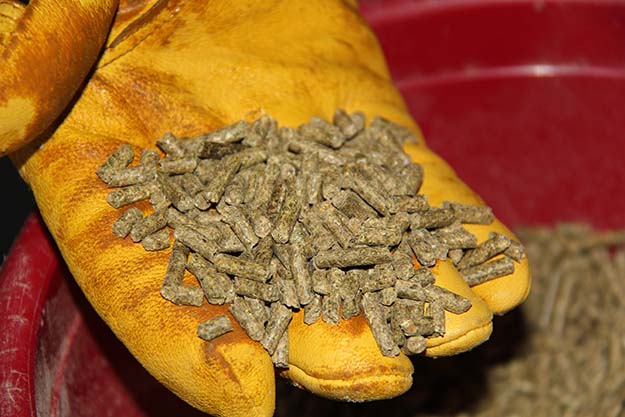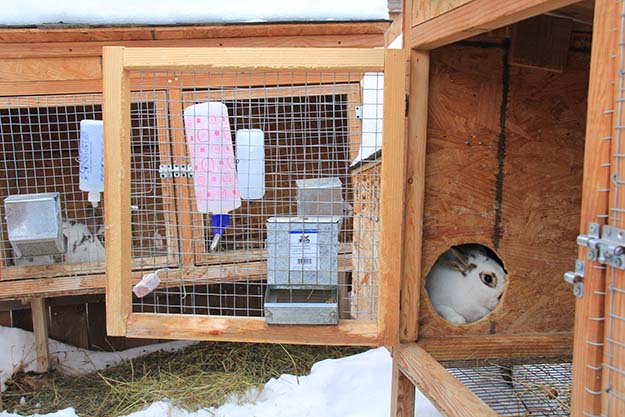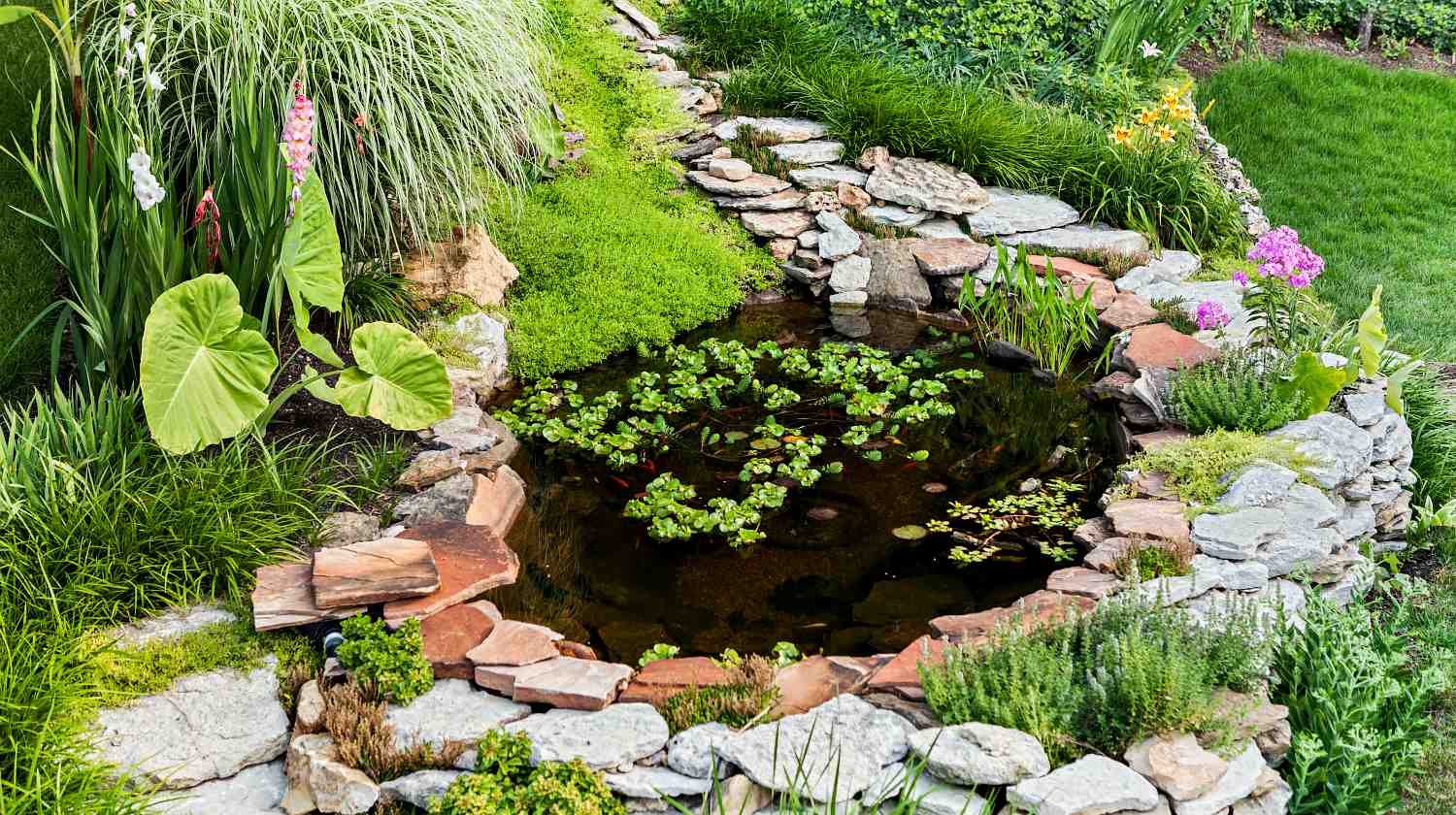Do It Yourself
Raising Rabbits

An Excellent Meat Source for Preppers and Homesteaders
The decision to raise rabbits, for me, came down to a few factors. I wanted an animal that would supplement the usual meats in my diet: chicken, beef, and pork. I also wanted an animal that would be easy to take care of, easy to clean, wouldn’t cost too much, and one where I would not have a big allergic reaction. I found out later that rabbit meat is very high in protein and very low in fat.
Food
There are a few different kinds of food on which rabbits will thrive, and they range from store bought rabbit food to things that grow in the backyard. Store bought rabbit food at a pet supply store is expensive. A farm animal supply store will have bulk products at reasonable prices. A 50 lb. bag of rabbit feed costs between $15 and $20. Rabbits also eat carrots, timothy hay, and lettuce to name a few convenient options. A 50 lb. bale of timothy costs about eight dollars. One family of garden vegetable to avoid when feeding rabbits is onion. That means do not give onions, garlic, asparagus and chives. The rabbits eat about 1 cup of pellets per day. If we do not feed the rabbits with pellets, we give carrots, apples, timothy hay, or cabbage.
The water bottles we use can be purchased from a pet store, but we found them cheaper at the same place we buy the feed. In the winter and summer, the bottles need to be changed frequently. In the winter, because the water freezes. In the summer, because the rabbits drink more when it is hot.

Improvised feeder

Rabbit feed

Salt lick

Timothy hay
Special note – A rabbit’s teeth never stop growing, so they need something on which to gnaw to prevent their teeth from getting too big to the point where it could harm itself. A rabbit whose teeth are too big can hurt itself through its bites, or by refusing to eat. Our rabbits will chew on protruding pieces of wood, the salt licks we put in with them, or even the metal caging. The best thing to give them is a couple of apples or apple branches, some timothy hay, carrots, or hardened bread.
Poop
Rabbit poop is generally small, round, and a little bigger than a raisin. Their poop makes a great fertilizer for garden soil. The manure is safe to use in the soil around food plants.

Rabbit poop
Cages
Our rabbit cages have a few aspects to them that are worth mentioning. Each one has a roof that slopes, so rain will not collect on it. The cages for the females include a hutch. The hutch has a hole that is 6-7 inches in diameter to allow a full-sized rabbit to easily pass through from the hutch to the main cage. The hutch is primarily used for nesting and giving birth. The floor of the hutch is solid wood, while the floor of the main cage is metal wire caging. The purpose of the wire caging is to prevent the build-up of bodily waste inside the cage. This way, it will build up beneath the cage, and is easier to clean. The dimensions of the cage are 24 inches long, 24 inches wide, 24 inches tall. The hutch is about 13 inches wide, 24 inches long, and between 13 and 16 inches tall (with a sloping roof).

Rabbit cage

Rabbit community

Entrance to the hutch

Inside the hutch
Separating Male and Female
When the rabbits are babies, it is not so much of an issue to keep male and female rabbits together. When they get a little older, they must be separated for a couple of reasons. First, they will breed. Babies from brother and sister are usually smaller than from unrelated parents. Second, the rabbits may kill each other. Males especially will fight. Females seem to get along when they are in the same cage together.
Telling the difference between male and female can be a bit of a challenge, especially when the rabbits are young. I usually separate my rabbits when they are between 1 and 2 months old, so they are still too young to mate. The best way to tell the difference is to check the genitals with your thumb and finger. Young rabbit genitalia looks almost the same for male and female. The way we do it is to grab the rabbit and hold him or her belly up. Find the anus with your thumb, and with your finger, stretch the fur just above the thumb. This will expose the genitals. The difference between male and female is that the male will have a “.” at the tip of his penis. Seriously, it looks like a pin hole. The female will have a “|” that just looks like a longer version of the pin hole. I tried to capture this in the pictures, but not sure if I did a good job. If you do not stretch the skin down there enough, it could be easy to confuse a female for a male.

Female rabbit

Preparing for gender identification
Breeding
Ok, you’ve got your male rabbit and female rabbit living in separate cages. They are not brother and sister, mother and son, or father and daughter. The way to get them to breed is to take the female and put it into the male’s cage. If they fight too much, or one starts to scream, separate them and try again in a couple of days. I usually let our male and female rabbits spend about 20 minutes together. It does not take that long, but sometimes they need to mate more than once to get it right.
Babies
A female rabbit can have multiple babies. The most that any of ours has had is 8. The female will give birth around 30 days after she mates. Shortly before the mother is ready to give birth, she will pull off a bunch of her fur and place it in the hutch. As you check on the rabbits, and you notice the fur piling up in the hutch, just know that the babies are not far away. Check the fur once a day. You don’t need to stick your hand in it, but just look for movement in the fur. After you see the movement, part that top layer of that fur (if the mother rabbit allows you) to confirm all babies are alive. Keep feeding the mother normally, she will take care of the babies. DO NOT TOUCH THE BABIES! The mother will separate any that are sick and they will die. Be vigilant to remove the dead babies if there are any.

Baby rabbits
Costs vs. Benefits
To start raising rabbits, there are a few costs that need to be assessed. There is the cost of cages. As an unskilled carpenter with a 3rd grade ability to build things, I constructed cages for my rabbits for about $25.00 each. However, they only lasted one year before they were uninhabitable. We purchased 2 larger cages that were divided in half, and had 3 hutches for $235.00 total. We found a guy who worked well with wood and metal caging. He built the cages from durable materials. They have taken a beating from the wind, sun, rain, snow, and rabbits, and they are as strong today as the day we bought them. The cost of the feeders is around $9.00 each, the cost of the water bottles is around $6.00. When you are only feeding one rabbit, a 50 lb. bag of rabbit feed will last a long time. Once the rabbits start having babies, the food goes faster.
A Few Things to Note
If you want to raise rabbits for food, do not buy them from a pet store. Our first rabbit was a birthday gift for my wife. The rabbit was already pregnant. The first rabbit we bought was at a kind of flea market. Craigslist can also be a resource for purchasing a rabbit. If you live within city limits, be sure to check the city ordinances to find out how many adult animals you are allowed to have. If a rabbit dies, remove it immediately and do not breed your rabbits until you are sure whatever it died from is not contagious.
There is something else I want to say here. If you are raising rabbits for food, do not name them. The more emotionally attached you are to them, the more difficult it will be to kill and butcher them. In my next article, I will go through the killing and butchering process.
Want to learn more? Check out these related articles from our website:
Rabbits: Sustainable Food Source
How to Get Started with Homesteading
-

 Do It Yourself7 months ago
Do It Yourself7 months agoParacord Projects | 36 Cool Paracord Ideas For Your Paracord Survival Projects
-

 Do It Yourself9 months ago
Do It Yourself9 months agoHow To Make Paracord Survival Bracelets | DIY Survival Prepping
-

 Do It Yourself9 months ago
Do It Yourself9 months ago21 Home Remedies For Toothache Pain Relief
-

 Do It Yourself10 months ago
Do It Yourself10 months agoSurvival DIY: How To Melt Aluminum Cans For Casting
-

 Exports8 months ago
Exports8 months agoAre Switchblades Legal? Knife Laws By State








Pingback: How to Butcher a Rabbit | SL
Pingback: How to Butcher a Rabbit – Zombie Emergency Response Group (ZERG)
Pingback: 13 Survival Life Tips from the Great Depression | SL
Pingback: How to Raise Quail for Eggs and Meat | Survival Life
Pingback: Survivalism Meets Homesteading: The To-Do List - The Right News Network
Pingback: Survivalism Meets Homesteading: Essentials For Every Homesteader – Homestead Survivalism
Pingback: How to Raise Quail | Survival Life
Pingback: Rabbits as A Sustainable Food Source | Plus Fur Project Ideas - Cooking in Quarantine
Pingback: Accompagnamento rapida all’allevamento dei conigli – Blog sugli animali